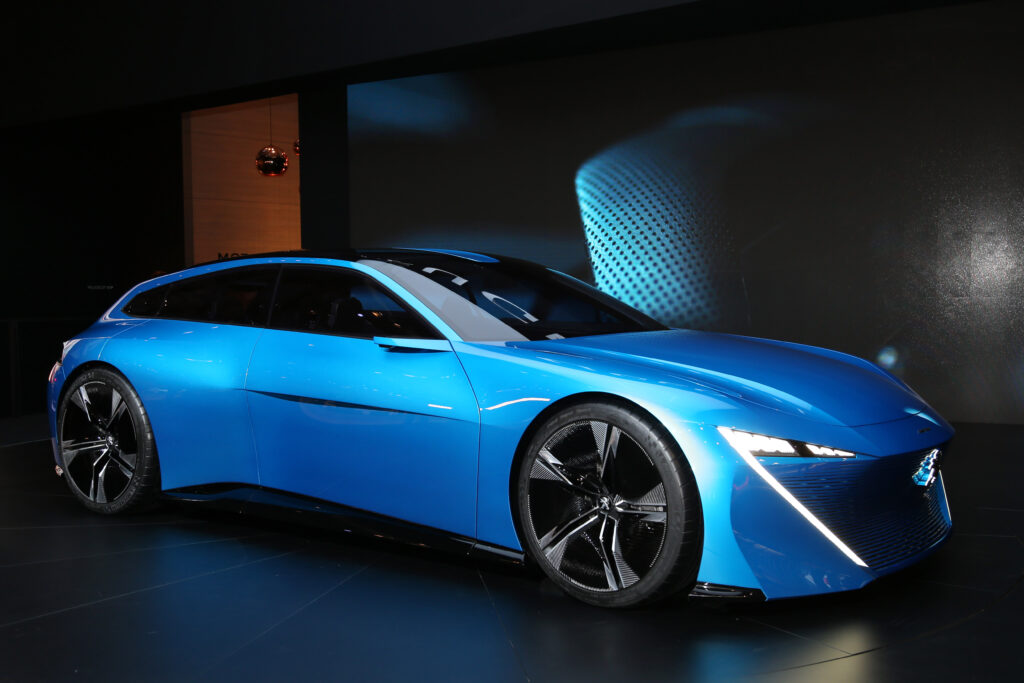WATTS GOING ON AT OHM AND ABROAD
- PostedPublished 3 March 2017
NOT a motor show goes by without several electric or hybrid concept cars being revealed, many of which are designed to eliminate stereotypes that electrified cars are boring and promote the advantages high technology can bring to the everyday lives of motorists.
While many of these show-ponies have forward-looking, futuristic designs and features, as many are familiar-feeling enough to not scare off existing customers.
It is working. Norwegian climate and environment minister Vidar Helgesen recently announced that half of all new car registrations in the country this year so far were electric or hybrid.
This is from a nation that despite being Western Europe’s largest oil producer, already has the world’s highest number of electric cars per capita and has serious incentives in place to encourage the uptake of alternative-fuel vehicles.
Norway has also set a target for no new vehicles sold in the country after 2025 to run entirely on fossil-derived energy.
A record 303,506 electrified vehicles were sold in Europe as a whole last year, a 21 per cent leap over 2015.
In the United States last year, electrified vehicle sales crept up by 1.1 per cent to 504,210, with a drop in hybrid popularity offset by increased uptake of pure-electric and plug-in hybrid options.
China is quietly becoming a world leader in electric cars, with 351,861 battery-only and plug-in hybrid models sold domestically last year and Chinese manufacturers accounting for a huge 43 per cent of all global electric vehicle production in the same time frame.

Meanwhile in Japan, 2016 saw the number of electric vehicle charging points overtake petrol stations, with more than 40,000 places to plug in.
Closer to home, just 10,429 electrified cars were sold in Australia last year, a slim 0.9 per cent share of the market.
Last May, New Zealand announced a program to help double electric vehicle sales every year to reach 64,000 units by 2021. The Kiwis also did better than Australia in 2016 with the 1762 electrified models sold accounting for 1.72 per cent of total new car sales.
Bear in mind the official NZ sales figures do not include parallel imports, through which even more electrified models are likely to have entered the country.
Contrary to the minuscule uptake in Australia, the Queensland Household Energy Survey published on February 28 revealed that half of all Sunshine State residents who are in the market for a new vehicle are willing to consider an electric or hybrid model.
But until those respondents put their money where their mouth is, carmakers are unlikely to be encouraged by this result or start offering more electrified options to Australian buyers.
They seem keen to sell more electric and hybrid vehicles in Australia though, with a number of brands becoming increasingly vocal in their criticism of government policy that does not encourage people to switch to these cleaner alternatives.
BMW Australia CEO Marc Werner recently took this a step further with a clear message to the Australian Prime Minister.
“I call on Mr Malcolm Turnbull and the federal government to finally action a robust policy to support the introduction of low emission vehicles to the Australian market,” said the BMW boss.
- CategoriesIn SightGlass
- TagsSightGlass News Issue 9

